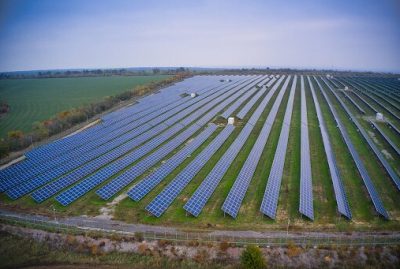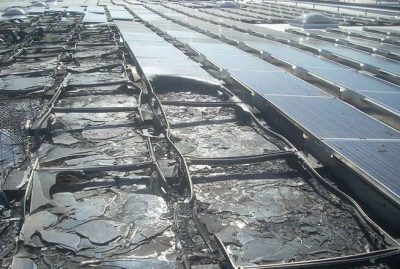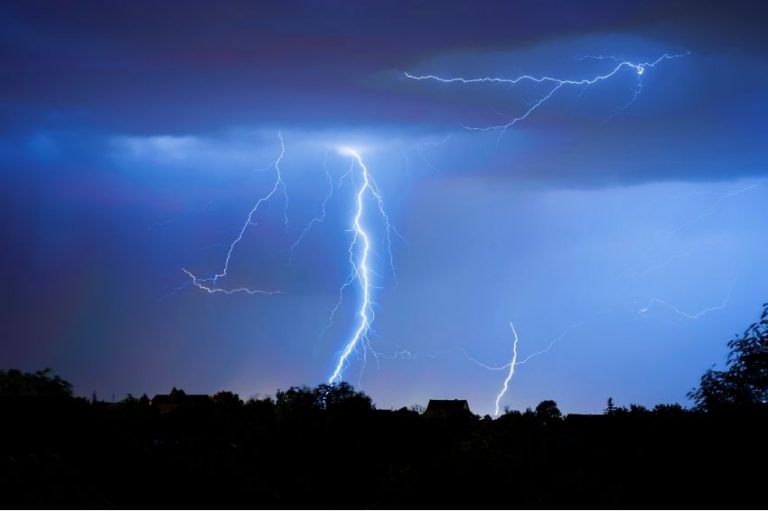The technical-economic viability of photovoltaic generation depends on the protection of photovoltaic systems against the effects of direct or indirect atmospheric discharges.
In Brazil, this objective is achieved by applying the technical standards ABNT NBR 5419:2015, ABNT NBR 16690:2019, IEC 61643-32 and by IEC 63227:2020, which together present a series of measures to avoid or limit damage caused by lightning.
In the absence of an ABNT standard on a specific topic, you must use the IEC standards, an organization of which Brazil is part. Good news for professionals in the photovoltaic sector is the publication of the aforementioned IEC 63227:2020 standard, dedicated to the protection of SFVs against atmospheric discharges and voltage surges.
Initially, someone who wishes protect a photovoltaic system against atmospheric discharges You must know the ABNT NBR 5419:2015 standard well, because the main aspects of PDA (Protection against Atmospheric Discharges) are present in it and will be used when consulting the IEC 63227:2020 standard, which is specifically aimed at the design of PDA systems photovoltaics.
Due to their size, installation location and construction characteristics, photovoltaic systems are very vulnerable to atmospheric discharges and require very well designed protection measures.
As the power of a photovoltaic system is directly proportional to the area occupied by its modules and the probability of an object being hit by an atmospheric discharge is also proportional to the area occupied by it (equivalent exposure area) [1], the greater the power of a photovoltaic system, the greater the probability of it being struck directly by lightning.

The IEC 63227:2020 standard has 42 pages and is divided into eight parts, five annexes and a bibliography. It deals with SPDA (Atmospheric Discharge Protection System) and MPS (Surge Protection Measures), thereby protecting both the structure of the photovoltaic system and its circuits and electronic components.
Due to the presence of semiconductors in both photovoltaic modules and solar inverters, photovoltaic systems are extremely vulnerable to the effect of the electromagnetic impulse from atmospheric discharge (LEMP – Lightning Electromagnetic Impulse), which can reach a distance of up to 2 km from the point of impact. lightning, causing induced voltages and currents, which will transfer energy to the photovoltaic system that its components may not be able to withstand.
Among the various points presented by the IEC 62337:2020 standard, it is worth highlighting the relationship between the distance between an isolated SPDA and the photovoltaic system, which in many situations must be greater than the safety distance “S”; in addition to the criteria used to determine when a SPD (Surge Protection Device) will be class I or class II, or the need to apply shielding and cable routing as forms of MPS.
The first step to applying the IEC 63227:2020 standard to SFV projects is to read it in its entirety, from beginning to end, without focusing on each item. A general notion of the text of the standard will be necessary for a subsequent understanding of its specific points.
It is not possible to understand some determinations about the positioning of the sensors, for example, without understanding the philosophy of safety distance. At the same time, it is worth remembering here that a standard is not a guide, much less a text book, as it informs more than it explains.
Many of their recommendations were written for professionals who are reasonably knowledgeable about lightning, voltage surges and SPD [2], among other matters.
For this reason, it is worth emphasizing that it is not possible to create a PDA project for a photovoltaic system if you do not know how to create a PDA project for other types of buildings.

The issue regarding PDA in photovoltaic systems is a greater interrelationship between SPDA and MPS in photovoltaic arrays, since its main component, the modules, contain semiconductors, sensitive to the effects of LEMP.
While in a conventional structure cables and equipment are mainly found in Lightning Protection Zone (ZPR) 1, in photovoltaic installations these same elements will be in ZPR 0B.
For this reason, similar to what happened with cell phones, SFV will represent a litmus test for those who work with PDA, because whatever is done will have to be done well, or atmospheric discharges will make these systems technically and economically unfeasible. .

Protection against atmospheric discharges from photovoltaic systems is still something neglected in Brazil, despite international statistics showing that they are responsible for approximately 26% of the failures that occur in these systems.
Regarding the lack of knowledge about the application of PDA in photovoltaic systems, the publication of IEC 63227:2020 represents a solution to this problem, as its information will serve as a basis for new projects and the dissemination of its concepts will benefit the entire photovoltaic segment .
But it is also worth highlighting that no standard will be effective if it is not studied and subsequently applied. If this standard follows the Brazilian maxim “law that works and laws that don't”, we will have huge losses in the country with photovoltaic systems presenting temporary or permanent failures — something that no professional in the field wants to happen.
The publication of a text on the protection of photovoltaic systems against atmospheric discharges is also an objective of ABNT's CE (study committee) 003:064.010, which reviews the 2015 edition of the ABNT NBR 5419 standard.
With the publication of IEC 63227:2020, a gap was filled, as it is a valid standard in Brazil, in addition to being recognized internationally.
However, many Brazilian professionals do not read English and the purchase price of an IEC standard is still very high, which can make acceptance and use of this important standard in the Brazilian photovoltaic market difficult.
References
1) SUETA, Hélio Eiji. The Electrical Sector. The equivalent exposure area according to Part 2 of ABNT NBR 5419:2015. O Setor Elétrico Magazine, issue 113. June 2015
2) VILLALVA, Marcelo. Stringbox with DPS is necessary or not? What does NBR16690 say? Solar Channel

















One Response
Good report! I worked for 22 years in the telecommunications infrastructure area and saw a lot of damage caused by lightning strikes. I also had the opportunity to participate in many training sessions on “How to provide efficient protection” and saw positive practical results, when well applied and done well, from what was learned in theory. LET'S PROTECT OUR PV SYSTEM!